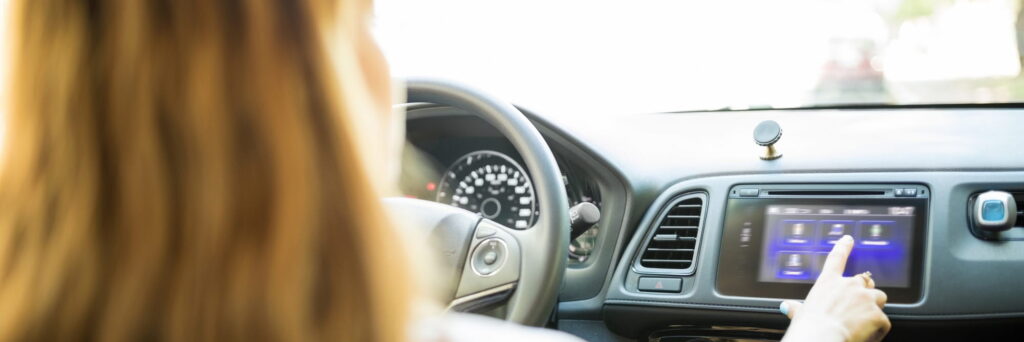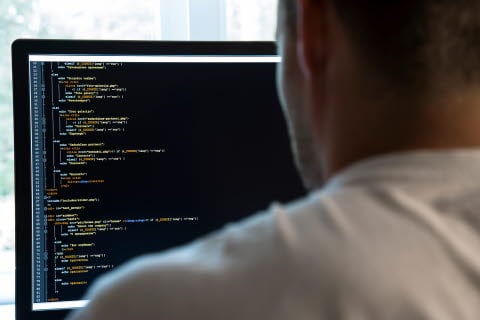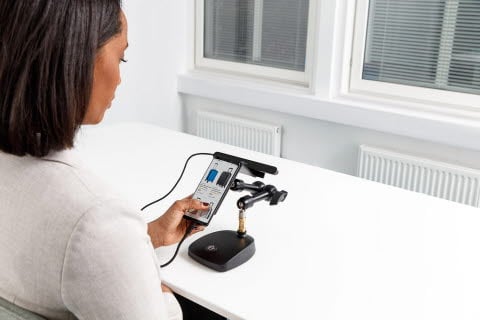
Human Factors and Engineering Research
Measuring human intuition, interaction, and improvements in design is key to understanding the human element when using and developing systems. Eye tracking helps us to see how the human is engaging with each system, machine and process.
Why use eye tracking?

The analysis of gaze patterns and pupil data in human-system interactions provides objective measurements and insights into visual attention and attentional allocation, cognitive load and engagement, judgment and decision making. This can inform better human-centered design and ergonomics, and how to improve usability, efficiency, and safety. Eye tracking methodology is also used for research purposes to understand, for example, the behavior of engineers, programmers, or physicians while analyzing technical systems and during problem solving.
Main areas of research
There are three main areas of research studied under the Human Factors & Engineering category, using eye tracking to measure:

Decision Making
Eye tracking is applied to assess:
- Clinical decisions
- Medical simulation
- Traffic safety
in industries such as healthcare and transportation.

Design & Development
Eye tracking is applied to assess:
- Device usability
- Navigation / wayfinding
- Architecture
- Equipment design
in industries such as mechanical engineering, civil engineering, and computer engineering.

Cognition & Understanding
Eye tracking is applied to assess:
- Computer-Human Interaction
- Driver research
- Spatial cognition
- Signal processing
in industries such as aviation, automotive and space exploration.
Products and services
Tobii Pro provides a range of eye tracking based solutions for human factors and engineering research, may it be physical, digital, or mixed user experiences. All our solutions offer hardware technology and software analysis tools together with support and training.

Wearable eye trackers
Tobii Pro Glasses 3 is our newest wearable eye tracker, for high-quality research in natural environments. It enables the study of real-world perceptions and interactions as well as in simulator and multi-screen setups. Add-on accessories are available for research outdoors and in more formidable research environments.
Capturing data in naturalistic scenarios and from a large, unobstructed user’s field of view, Pro Glasses 3 helps increase the ecological validity of your experiments.
The system delivers very accurate gaze data with minimal data loss and robust pupil size estimation.

Screen-based eye trackers
Tobii Pro Fusion – a fully portable, USB connected eye tracker offered at sampling frequencies of up to 250 Hz – is our recommended system for analysis of on-screen human-system interactions. For higher data resolution requirements Tobii Pro Spectrum offers speeds up to 1200 Hz.
Both eye trackers enable data collection in scenarios involving real-world stimuli.
Tobii Pro Nano is designed for research on smaller screens, such as usability research on a Windows and Mac laptop, or together with our Mobile Testing Accessory it provides a solution to test from Apple to Android smartphones.

Analysis Software
Data acquired from both our wearable and screen-based solutions can be analyzed using Tobii Pro Lab, a scientific software platform that meets the demands of different research scenarios with precise timing accuracy. Pro Lab provides a visual user interface and dedicated features that guide the researcher through the entire research workflow. Pro Lab also offers the ability to sync with other biometric data sources.
